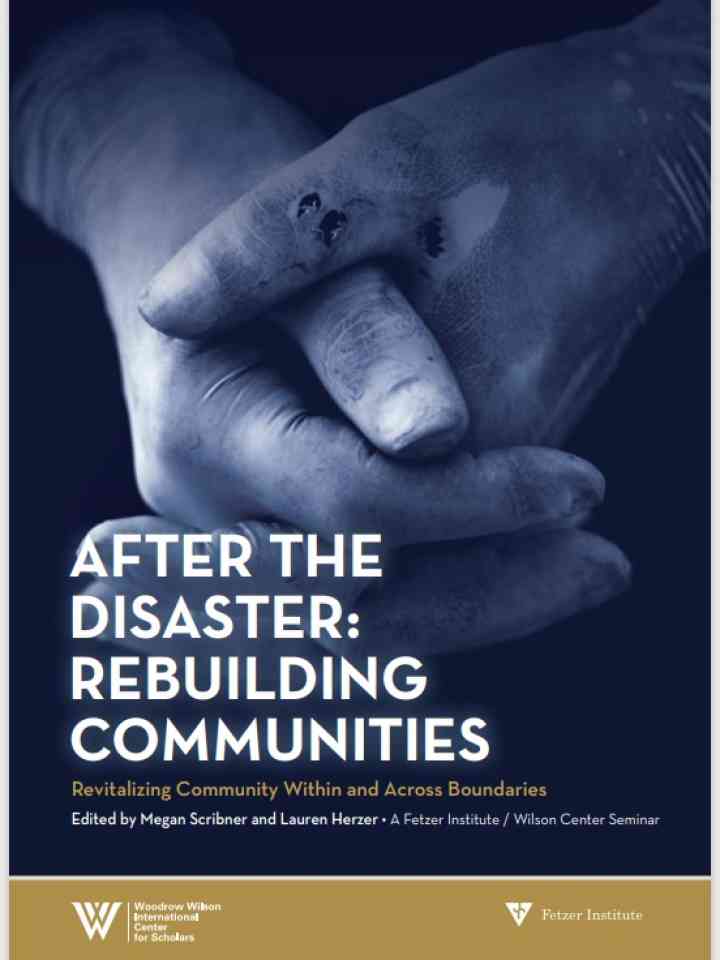After the Disaster: Rebuilding Communities-Revitalizing Community Within and Across Boundaries
The seminar "After the Disaster: Rebuilding Communities" focused on the critical role of community engagement and empowerment in the recovery process following disasters. Experts highlighted that involving local communities in relief and rehabilitation efforts not only fosters a sense of ownership but also enhances relationships among community members and with state organizations. This participatory approach helps to uncover and address underlying injustices and needs that may have been overlooked, ultimately contributing to a more equitable recovery process.
Participants discussed the importance of balancing the need for immediate action with the necessity of taking time to understand the complexities of the affected communities. While rapid responses are essential for saving lives and providing basic needs, a thorough assessment of the community's desires and strengths is crucial for long-term recovery and resilience. This paradox of needing to "go slow to go fast" was a central theme, as it underscores the importance of building trust and effective communication between relief workers and local populations.
Additionally, the seminar emphasized the significance of both tangible and intangible resources in rebuilding efforts. While physical infrastructure and material support are vital, the strength of social networks and community cohesion plays an equally important role in fostering resilience. Participants advocated for strategies that not only focus on rebuilding physical structures but also prioritize the development of strong social bonds and trust within communities, which are essential for navigating the challenges posed by disasters and ensuring sustainable recovery.
Explore further
